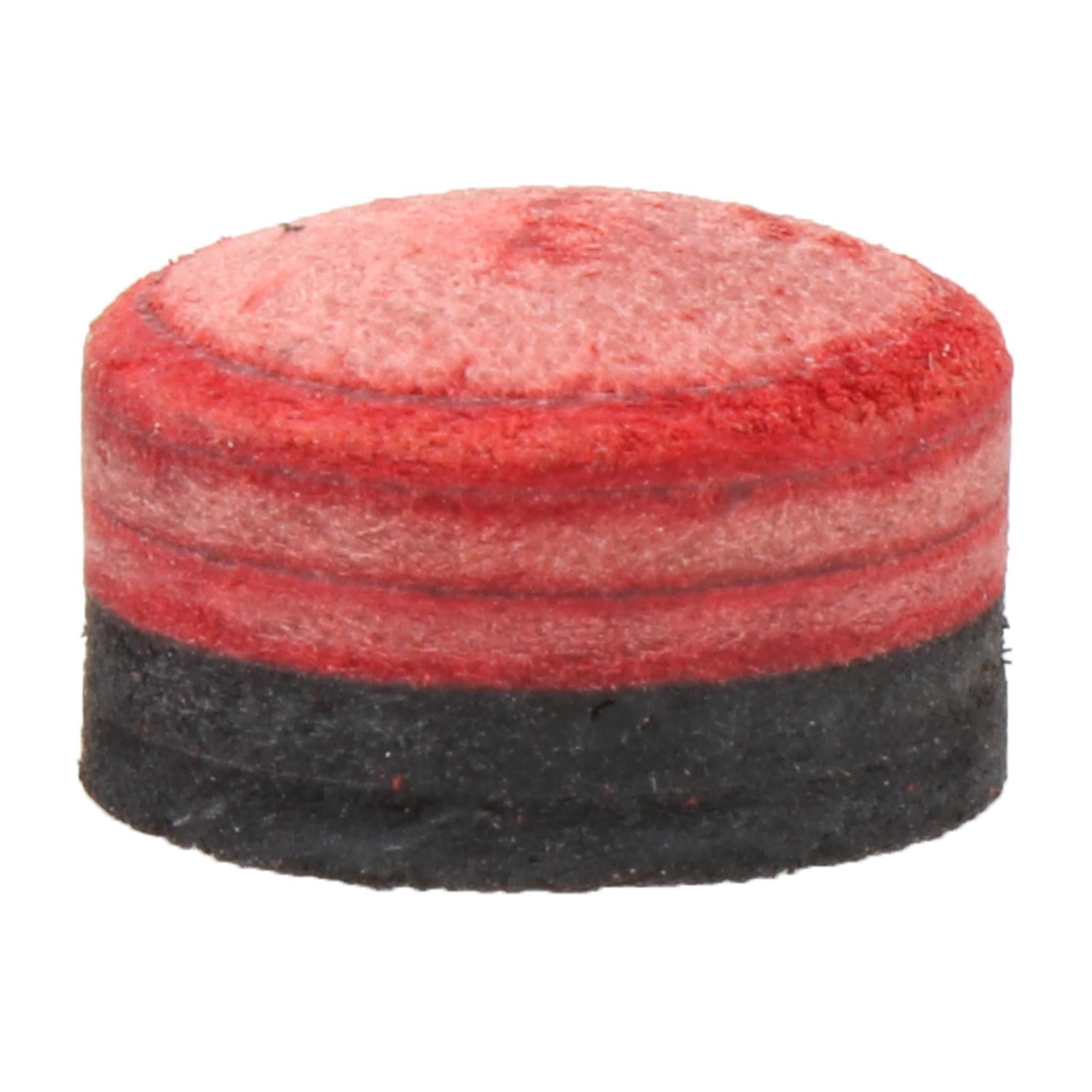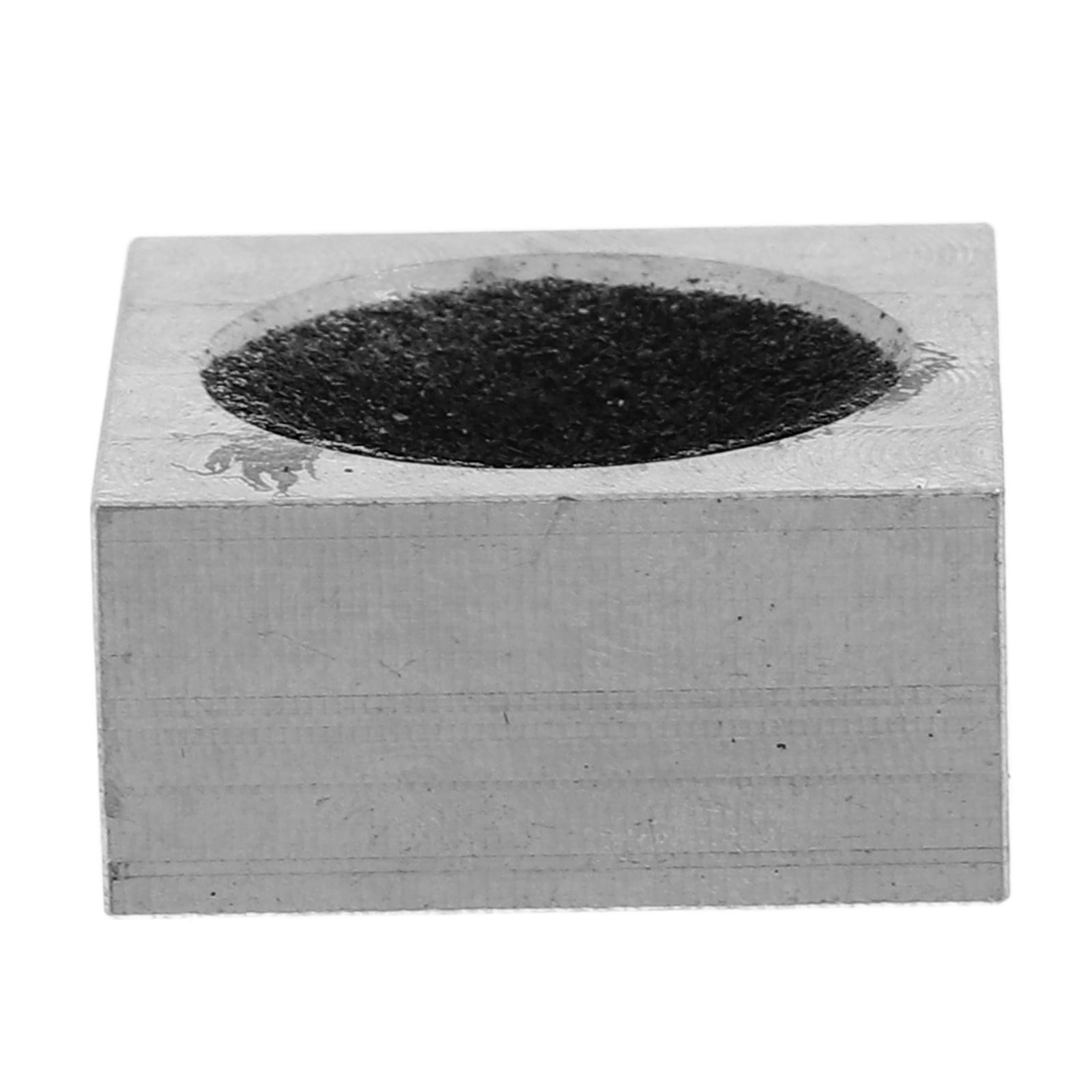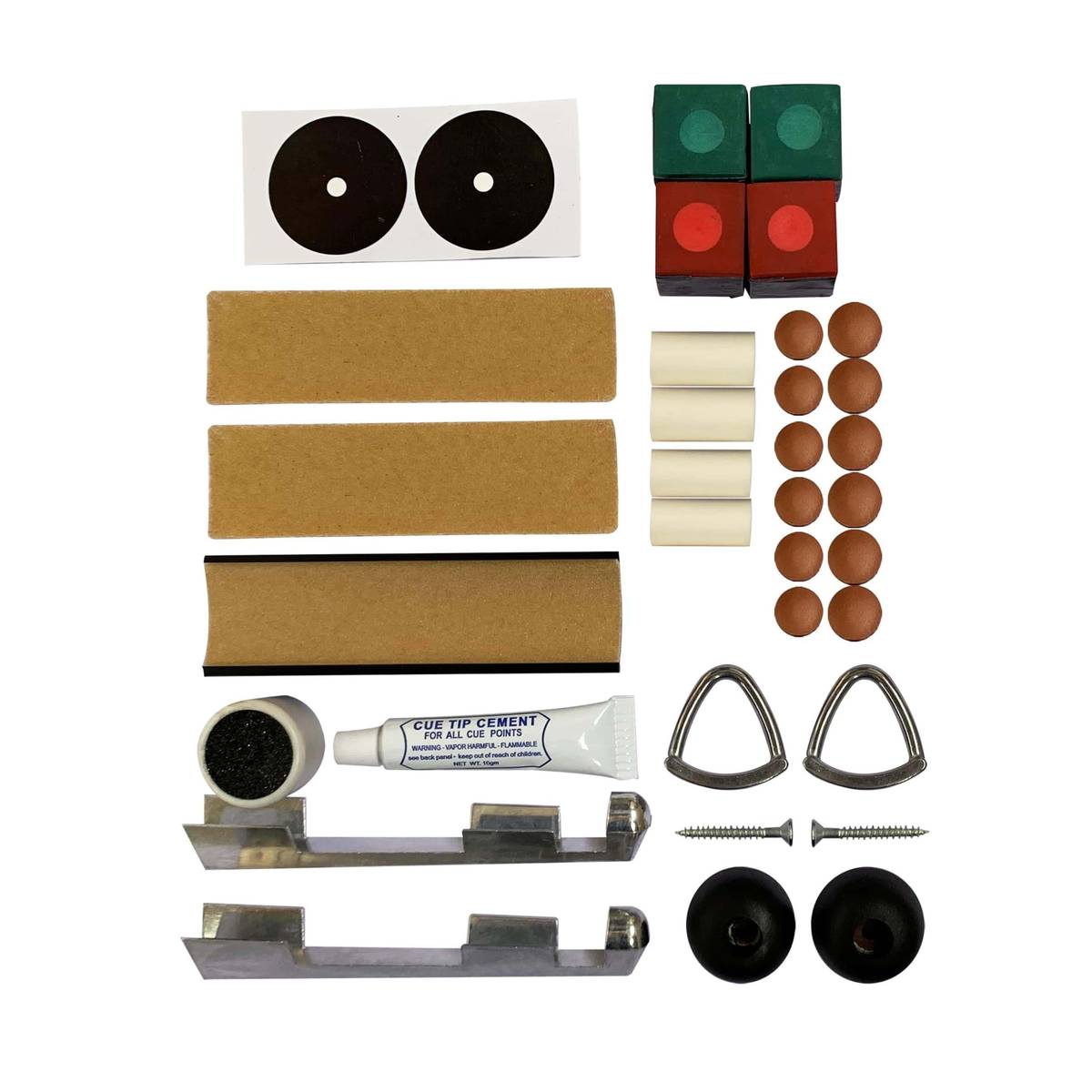Level Up Your Game: The Ultimate Guide To Pool Cue Tip Replacement
Ever wondered how to breathe new life into your trusty pool cue? Pool cue tip replacement might sound intimidating, but it’s actually a game-changer for any serious player. Whether you're a beginner or a seasoned pro, understanding this process can significantly enhance your performance on the table. Let’s dive into the nitty-gritty of why and how you should replace that worn-out tip.
Picture this: you’re in the middle of an intense match, and suddenly your shots start feeling off. That’s often a sign that your cue tip is showing signs of wear and tear. A good tip is like the engine of your cue—it affects everything from your accuracy to the power of your shots. In this guide, we’ll break down everything you need to know about replacing your pool cue tip so you can get back to dominating the table.
But don’t worry, we won’t just throw technical jargon at you. This guide is designed to be easy to follow, even for those who’ve never attempted a DIY cue repair before. So grab your cue, and let’s get started!
Why Replace Your Pool Cue Tip?
Let’s face it—your cue tip takes a beating every time you play. Whether you're practicing alone or competing against others, the constant contact with the ball can cause the tip to flatten or chip over time. A worn-out tip not only affects your accuracy but also your ability to control the ball’s spin and trajectory.
Replacing your cue tip isn’t just about fixing a problem—it’s about maintaining peak performance. Think of it like changing the oil in your car. Sure, you could skip it, but eventually, you’ll pay the price. By keeping your tip in top condition, you ensure that every shot you take is as precise as possible.
Signs It's Time for a Pool Cue Tip Replacement
So, how do you know when it’s time to replace your tip? Here are a few telltale signs:
- Your shots feel inconsistent or unpredictable.
- You notice visible wear, such as cracks or chips in the tip.
- The tip has become flat or misshapen.
- You're struggling to apply English or control the ball's spin.
Ignoring these signs can lead to frustration and even affect your overall game. A fresh tip can make a world of difference, so don’t wait until it’s too late!
Choosing the Right Pool Cue Tip
Not all cue tips are created equal. The material and shape of your tip can greatly impact your gameplay. Here’s a quick rundown of the most common types:
Natural Leather Tips
These are the go-to choice for most players. Natural leather tips provide a good balance of control and durability. They’re versatile enough for both beginners and pros, making them a reliable option for everyday use.
Synthetic Tips
For those looking for something a little more durable, synthetic tips are worth considering. Made from materials like nylon or resin, these tips resist wear and tear better than leather. However, they might not offer the same level of control, especially for advanced players.
Hard vs. Soft Tips
The hardness of your tip can affect how the cue interacts with the ball. Hard tips provide more power but less control, while soft tips offer better control at the cost of durability. It all comes down to personal preference and the type of shots you want to execute.
Tools You'll Need for Pool Cue Tip Replacement
Before you dive into the replacement process, make sure you have the right tools on hand. Here’s what you’ll need:
- A new cue tip (obviously).
- A small file or sandpaper for shaping.
- Cyanoacrylate glue (super glue).
- A sharp knife or blade for trimming excess glue.
Having the right tools makes the job much easier and ensures a professional-looking result. Don’t skimp on quality here—investing in good tools will save you time and frustration in the long run.
Step-by-Step Guide to Replacing Your Pool Cue Tip
Now that you’ve got your materials ready, let’s walk through the process step by step:
Step 1: Remove the Old Tip
Start by carefully removing the old tip. Use a sharp blade to cut around the edges of the tip, being careful not to damage the ferrule. Once the tip is loose, gently pry it off with your fingers.
Step 2: Clean the Ferrule
Before attaching the new tip, make sure the ferrule is clean and free of any old glue residue. Use a small file or sandpaper to smooth out the surface if necessary.
Step 3: Apply Glue
Apply a small amount of cyanoacrylate glue to the ferrule. Be careful not to use too much, as excess glue can weaken the bond.
Step 4: Attach the New Tip
Press the new tip firmly onto the ferrule, ensuring it’s centered and aligned properly. Hold it in place for a few seconds to allow the glue to set.
Step 5: Shape the Tip
Once the glue has dried, use a file or sandpaper to shape the tip to your desired size and shape. This is where personal preference comes into play—some players prefer a flatter tip for more power, while others like a rounded tip for better control.
Tips for Maintaining Your New Pool Cue Tip
Replacing your cue tip is just the first step. To ensure it lasts as long as possible, here are a few maintenance tips:
- Chalk your tip regularly to maintain grip and prevent miscues.
- Avoid hitting the cue ball too hard, especially when practicing.
- Store your cue in a cool, dry place to prevent warping or damage.
By taking good care of your tip, you’ll extend its lifespan and keep your game in top shape.
Common Mistakes to Avoid
Even with the best intentions, mistakes can happen. Here are a few pitfalls to watch out for:
- Using too much glue, which can weaken the bond and cause the tip to fall off.
- Not shaping the tip properly, leading to inconsistent shots.
- Skipping regular maintenance, which can accelerate wear and tear.
Avoiding these mistakes will help you achieve a flawless replacement every time.
Expert Advice: Getting the Most Out of Your Cue Tip
For those looking to take their game to the next level, here are a few expert tips:
Experiment with Different Tips
Don’t be afraid to try different types of tips to see what works best for you. Some players prefer a harder tip for powerful shots, while others swear by soft tips for better control.
Practice Your Chalk Technique
Chalking your tip correctly can make a big difference in your gameplay. Make sure to apply chalk evenly and rechalk after every few shots to maintain grip.
Seek Professional Help When Needed
If you’re unsure about the replacement process or want to ensure a perfect fit, consider taking your cue to a professional for a tune-up. Sometimes it’s worth the investment to get expert advice.
Conclusion: Mastering the Art of Pool Cue Tip Replacement
In conclusion, replacing your pool cue tip is a simple yet crucial step in maintaining your equipment and improving your game. By following the steps outlined in this guide, you’ll be able to replace your tip with confidence and precision.
So what are you waiting for? Grab your tools, pick out a new tip, and get ready to elevate your game. And remember, practice makes perfect—so don’t be afraid to experiment and find what works best for you.
Got any questions or tips of your own? Drop a comment below and let’s keep the conversation going. And if you found this guide helpful, don’t forget to share it with your fellow pool enthusiasts!
Table of Contents
- Why Replace Your Pool Cue Tip?
- Signs It's Time for a Pool Cue Tip Replacement
- Choosing the Right Pool Cue Tip
- Tools You'll Need for Pool Cue Tip Replacement
- Step-by-Step Guide to Replacing Your Pool Cue Tip
- Tips for Maintaining Your New Pool Cue Tip
- Common Mistakes to Avoid
- Expert Advice: Getting the Most Out of Your Cue Tip
- Conclusion: Mastering the Art of Pool Cue Tip Replacement

Billiard Pool Cue Tip, Snooker Pool Cue Tip Replacement, Portable Break

Aluminum Pool Cue Tip Shaper Cue Tip Shaper Cue Stick Tool Square Pool

2023'S Top 5 Pool Cue Tip Replacement Kits Buyers Guide Helpful